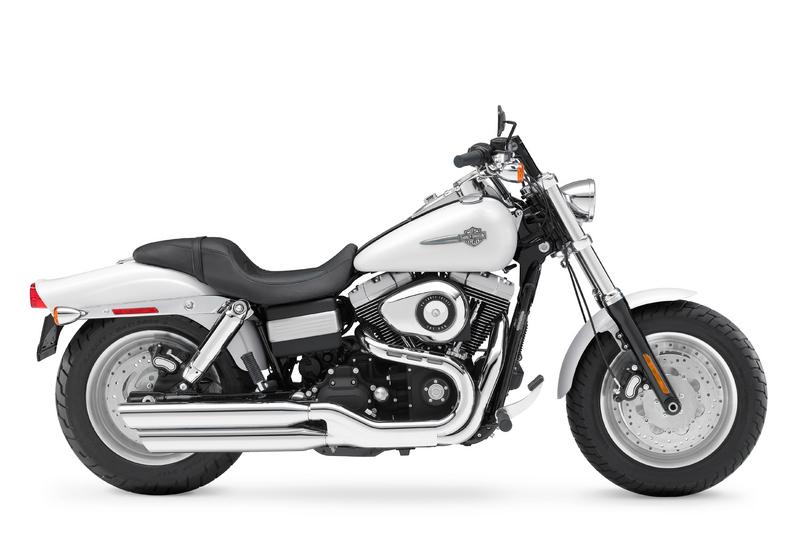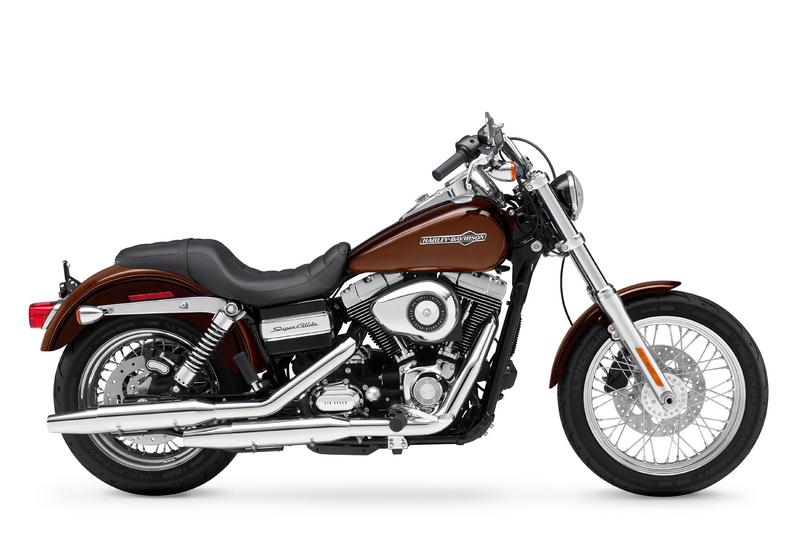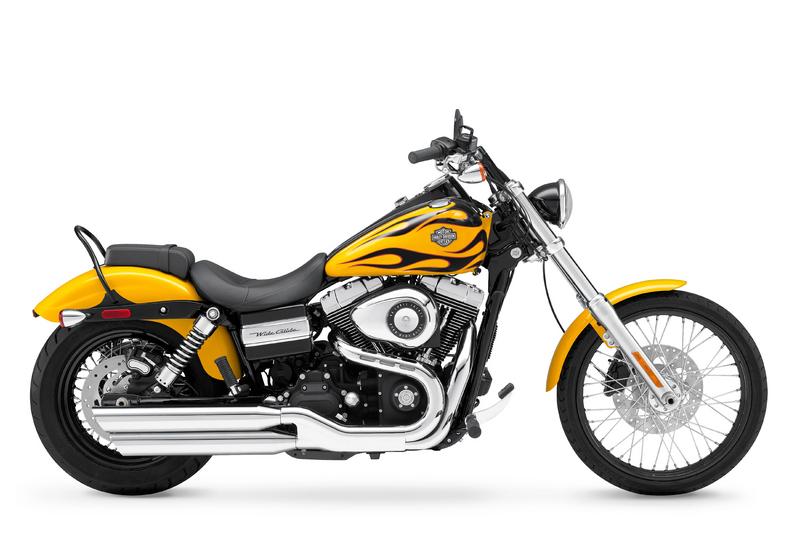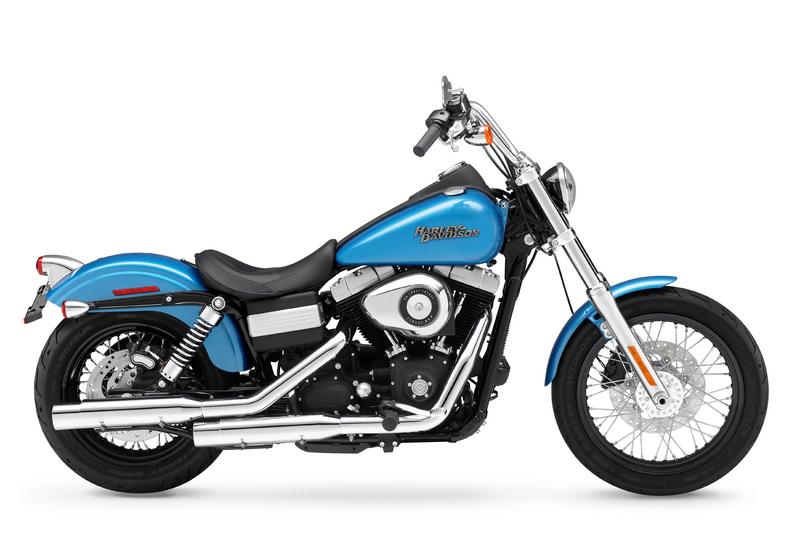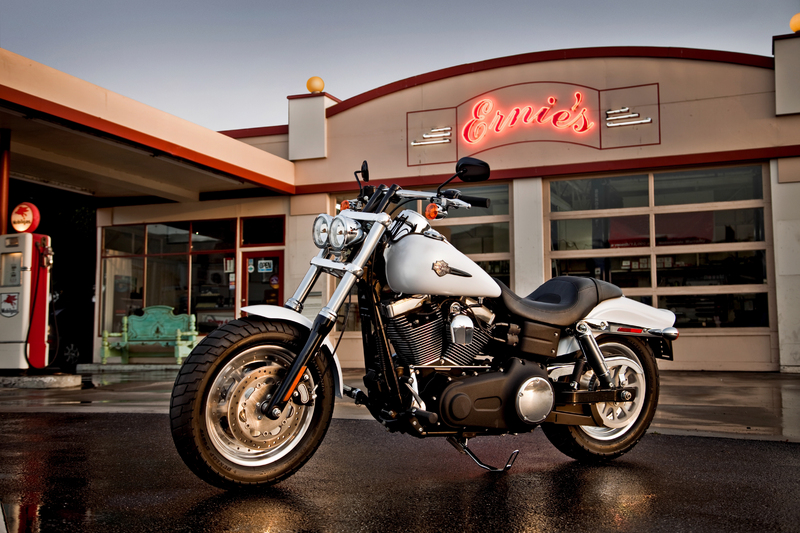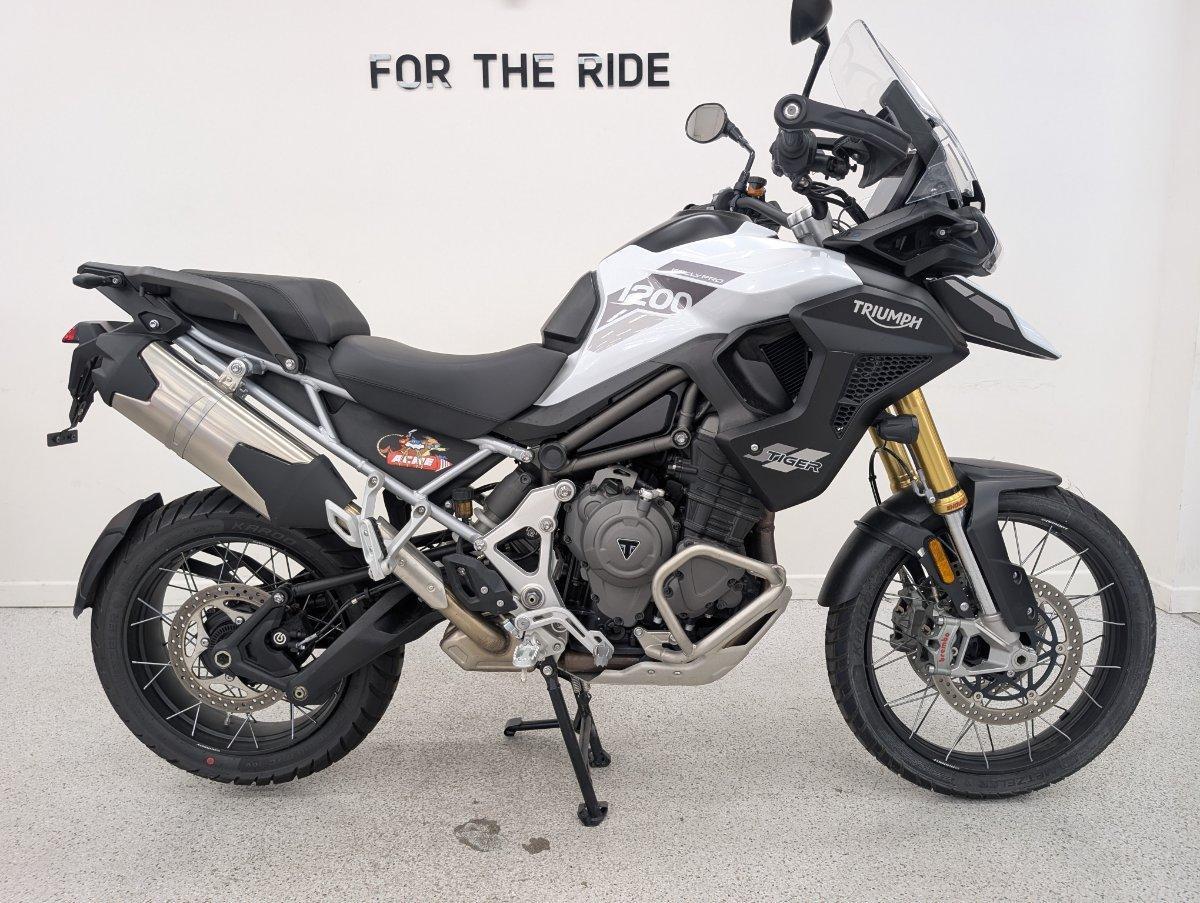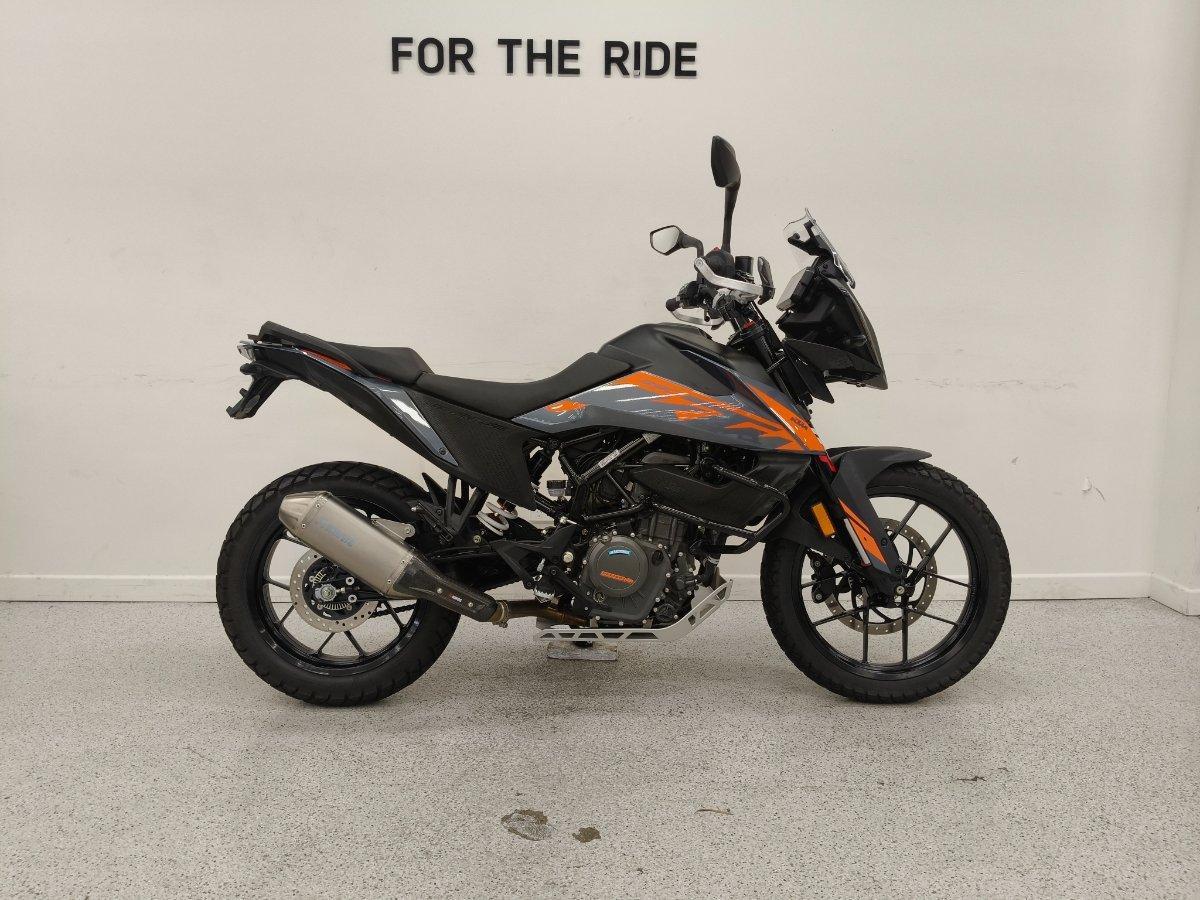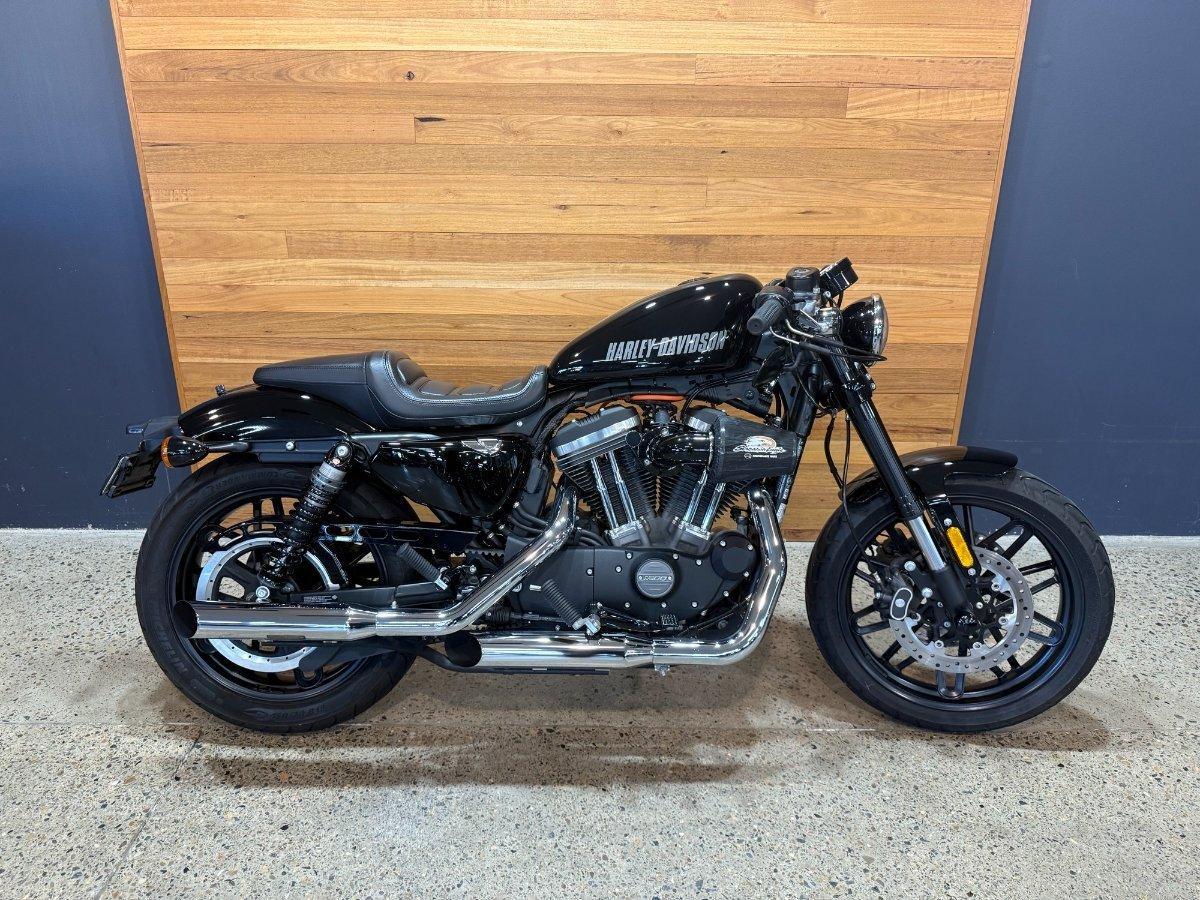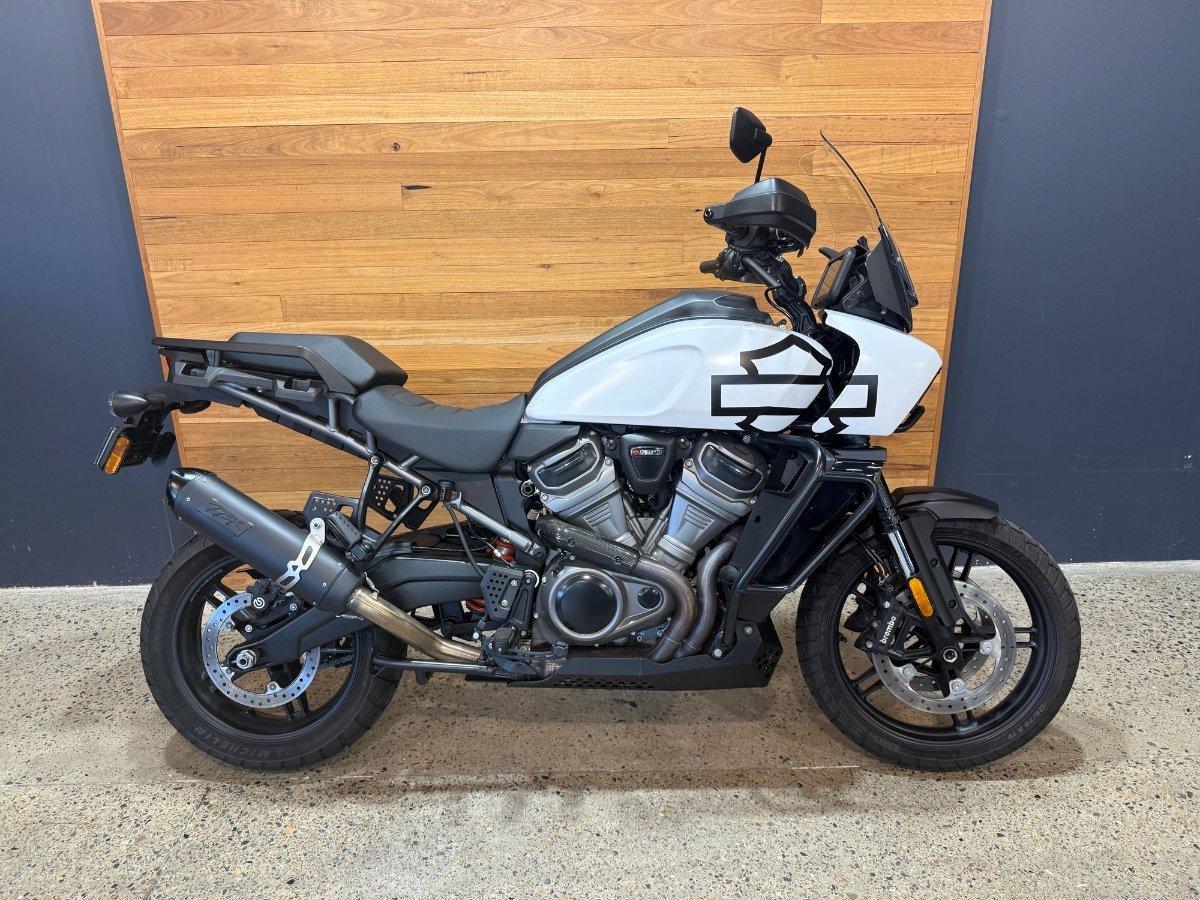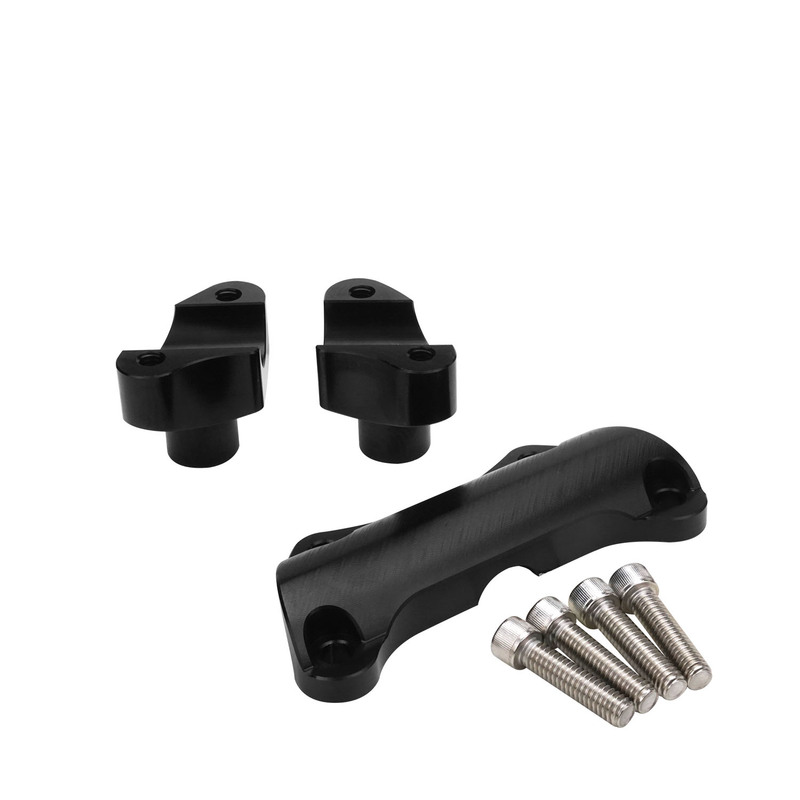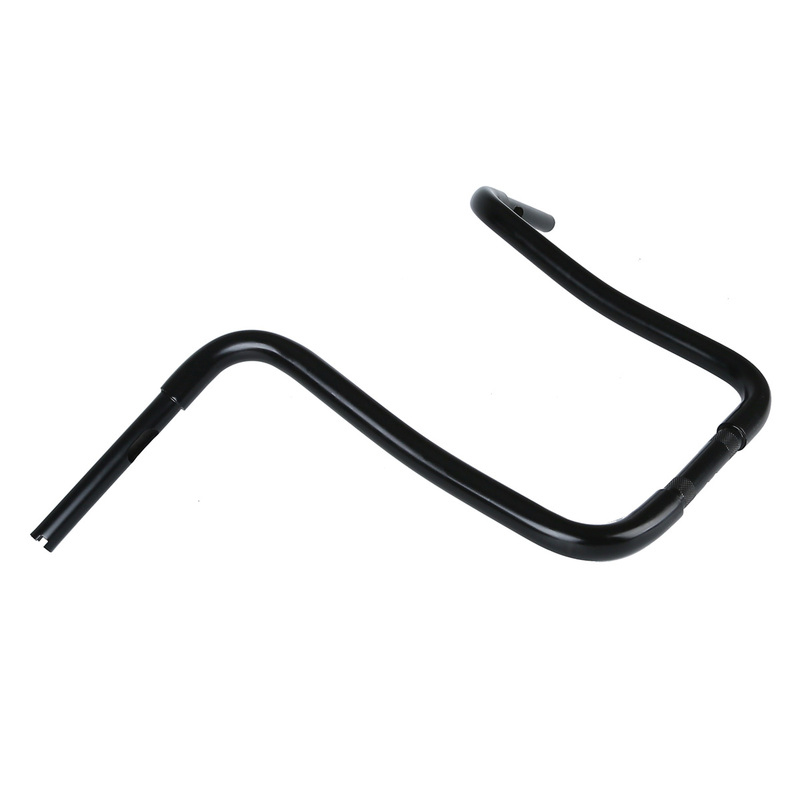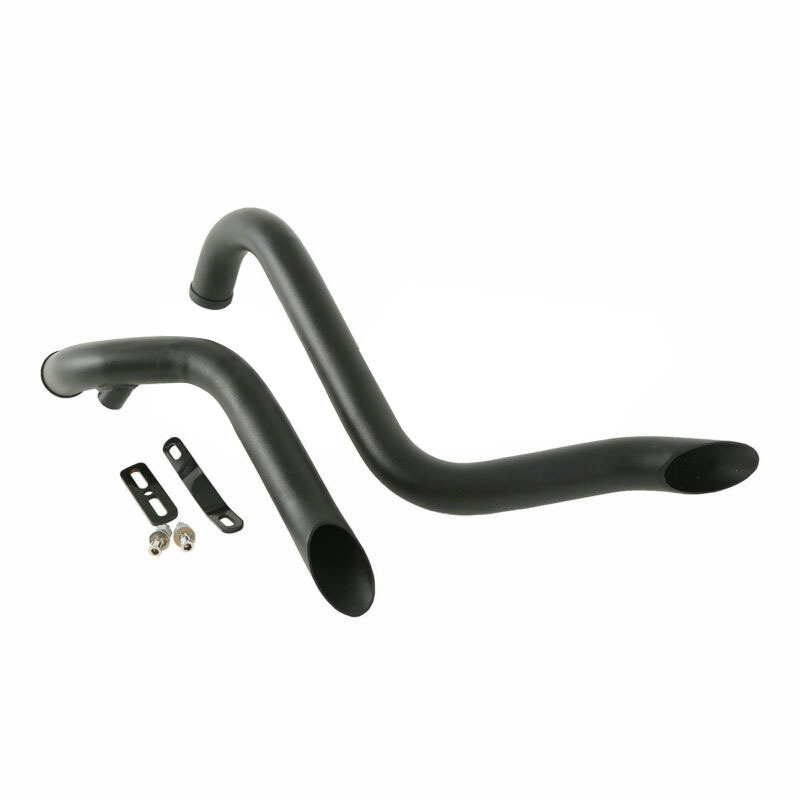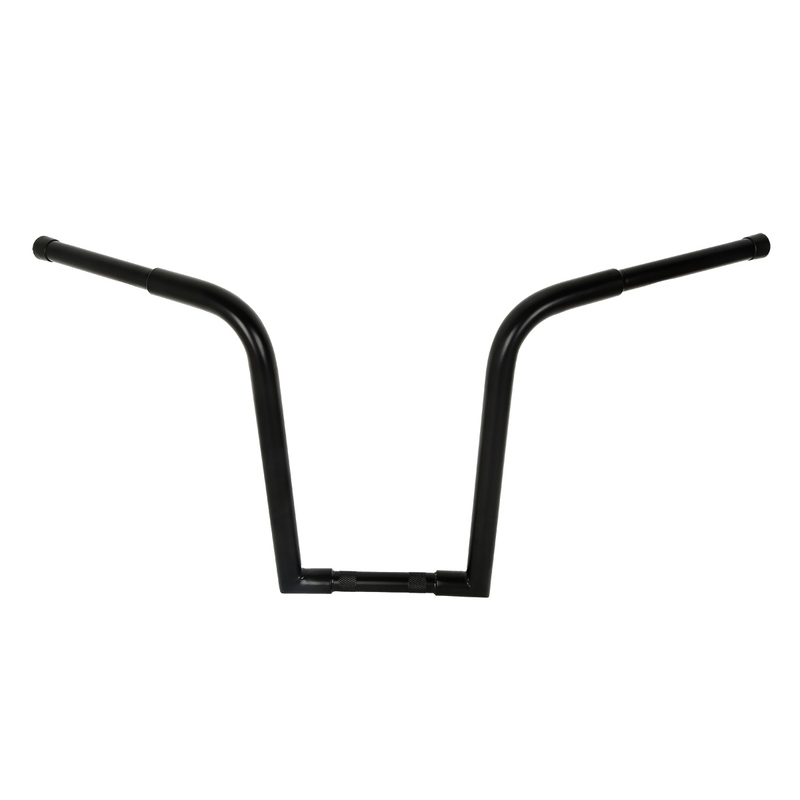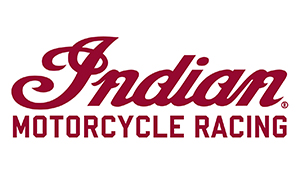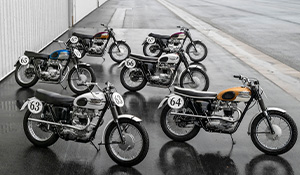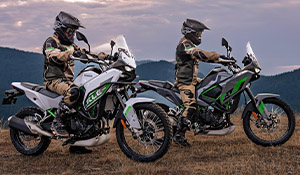Harley Davidson Dyna
American Machine and Foundry were acquiring the company, quality of bikes was at best ordinary, workers unhappy and customers confused. Not a great platform on which to move forward?
With uncanny perception, the HD design team, headed by Willie G. Davidson came up with the Super Glide, which as fortune would have it, was the type of bike that many people wanted. More practical from a business point of view, it could be built by a combination of components already on hand.
The first FX was introduced at the end of 1970 as the 1971 model. Its letters were FX, F from the FLH and X from the XL and XLH. The FX used the frame, rear suspension and 74 Shovelhead engine from the FL line, with the XL Sportster's forks and 19-inch front wheel. The first Super Glide used a fibreglass rear fender and seat base, and was a departure from existing models. It was lighter, quicker, stopped shorter than the FLH did, and was stable at high speeds.
For 1972 the Super Glide took a more familiar direction, dumping the fibreglass bodywork and returning to a conventional rear fender.
In 1977 the Super Glide was joined by the FXS Low Rider, which was based on the FXE, except the forks and shocks were shortened and the seat scooped. The Low Rider was a success and was joined in 1979 by the Super Glide Fat Bob. The name came about from keeping dual fuel tanks, hence 'Fat', and 'Bob' from the practice of chopping and removing unnecessary extras, hence the 'bob' as in bobbed fenders. The Fat Boy was mostly a Low Rider except it had wire spoked wheels and high handlebars.
In 1980 the Dyna family again expanded with the Wide Glide (FXWG). This was a Fat Bob with wider triple clamps, wider front axle, extended forks and a 21-inch front wheel. It shared the new 80-inch Shovelhead engine, dual 5 gallon fuel tanks, a bobbed rear fender, staggered shorty dual exhausts and brake and shift pedals designed to be operated from the forward mount pegs.
1980 was a big year for Harley-Davidson with the introduction of the Sturgis (FXB), which saw the introduction of belts replacing the primary and final chains. This necessitated the modification of the gearbox and changes to the drivetrain. The Sturgis was a Low Rider with the 80-inch engine and new electronic ignition.
The Dyna family took a new twist in the eighties with future models - designated FXR and FXRS - revealed. These models were initially called Super Glide II. The FXRs had a five-speed transmission and insulated drivetrain mounts, while the original FX style machines had four pedals and solid mounts. By 1984 the Wide Glide had gone as far as a factory chopper could, but Harley proved this wrong by creating a new model - the FXST Softail.
The Dyna is characterised by the utilisation of a big twin engine (F), small diameter telescopic forks similar to those on the Sportster (X) and the Dyna chassis (D), hence all Dyna models have the FXD designation.
Harley-Davidson pushed the Super Glide to its limits, maintaining a big twin engine and traditional styling. They are distinguished for example from the Softail by the traditional coil-over suspension that connects the swingarm to the frame, and from the Sportster by their bigger engines. In 2006 Harley-Davidson introduced five Dyna models: Super Glide, upper Glide Custom, Street Bob, Low Rider and Wide Glide. The Dyna Fat Bob was added in 2008, featuring aggressive styling, new 2-1-2 exhaust, twin headlights and 180mm rear tyre.
2009 and the Dyna Wide Glide returned as a new model, featuring old school chopper style, a chopped rear fender, sissy bar, and 2-1-2 Tommy Gun exhaust.
For 2011 Australian Dyna customers have the choice of four models: the FDXC Super Glide Custom (at $25,995 RRP), FXDB Street Bob ($23,995), FXDF Fat Bob ($28,350) and the FXDWG Dyna Wide Glide ($28,895).
All models share a rubber mounted Twin Cam 96 V-Twin powertrain with electronic sequential port fuel injection that produces 126Nm of peak torque at 3500rpm, and six-speed cruise drive transmission.
The Super Glide has custom styling features, including tank mounted gauges, unique battery box cover, stainless steel pullback handlebar that allows a laid back position for cruising. There is a new two up ribbed seat; new silver faced speedometer, low profile rear fender and a 19.3-litre Fat Bob fuel tank. Up front there is a 19-inch wheel and a 17-inch at the rear, with its wrap around fender.
The Street Bob is a classic 'post war bobber', with bare bones look. Wiring is cleverly hidden inside the frame, while the Street Bob features black laced wheels, stainless steel spokes with a 19-inch wheel up front. The chopped, bobber style rear fender and low profile front fender, solo seat and LED retro styled tail light all contribute to the statement that the Street Bob conveys.
The Dyna Fat Bob is a tough street brawler, with loads of attitude. From the beefy handlebar, to the minimal, clean look and 16-inch front wheel, takes the fat custom look to a new dimension. The rear suspension on the Fat Bob motorcycle features high-performance coil-over rear shocks that provide a smooth ride and adds to the overall chrome coverage of the bike. It features a distinctive cast chrome double headlamp. Other distinctive features include a full metal jacket chrome covered shock absorber springs, 19.3-litre fuel tank, 28 degree front fork angle, forward foot controls and a smart security system.
Finally the Dyna Wide Glide revives the 1970s nostalgic 'Easy Rider' style. With a unique custom look, raked out forks, blacked out engine with chrome accents, forward mounted footpegs and a narrow Street Bob style fuel tank, the Wide Glide is a low slung chopper with a defining look.
